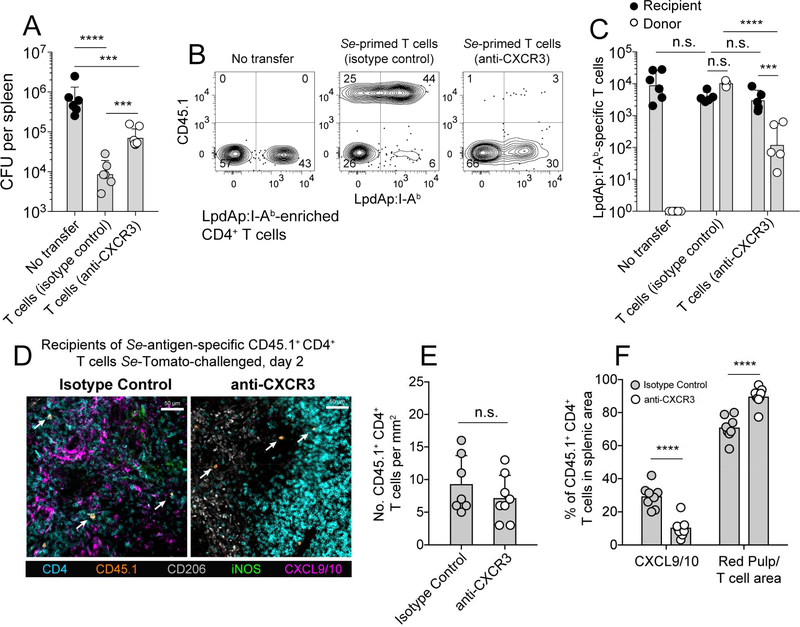Figure 5. CXCR3 blockade of Se-specific memory/effector Th1 cells leads to a loss of protection.
(A) Mean CFU (± geometric S.D.) per spleen from 129 mice that received no CD4+ memory T cells or CD45.1+ CD4+ memory/effector T cells from day 60 Se-infected 129 mice and were treated with CXCR3 antibody (n = 6) or normal hamster IgG (n = 6) for seven days after intravenous infection with 104 Se-Tomato bacteria. Log-transformed values were compared using one-way ANOVA with Tukey’s multiple comparisons posttest (*** p ≤ 0.0002, **** p < 0.0001, n.s. = not significant) and are derived from three independent experiments. (B) Representative contour plots from LpdAp:I-Ab tetramer-enriched samples from the spleens of mice from the groups shown in (A). LpdAp:I-Ab tetramer-binding cells of recipient origin are shown in the lower right quadrants and of donor origin in the upper right quadrants. (C)Numbers (± geometric S.D.) of recipient- or donor-derived LpdAp:I-Ab tetramer-binding cells in mice that did not receive donor T cells (left), or received T cells from Se-infected mice and were treated with the indicated antibodies. Significance was determined on log-transformed values using two-way ANOVA with Sidak’s multiple comparisons post-test (*** p = 0.0002, **** p < 0.0001, n.s. = not significant). (D)Spleen sections from B6 × 129 F1 (CD45.2+) mice that received memory/effector CD4+ T cells from CD45.1+Se-infected donors, then isotype control (left) or CXCR3 (right) antibody and intravenous infection with Se-Tomato bacteria before analysis two days later. Sections were stained with the indicated antibodies. White arrows indicate donor-derived T cells. (E) Density of CD45.1+ CD4+ T cells in spleen sections from individual mice of the type shown in (D) determined by manual counting. (F)Mean percentages (± S.E.M.) of CD45.1+ CD4+ T cells (identified by histo-cytometry) in CXCL9/10+ areas (identified by a DBSCAN-based algorithm) or other areas of the spleens of individual mice in the indicated groups. (**** p < 0.0001).

